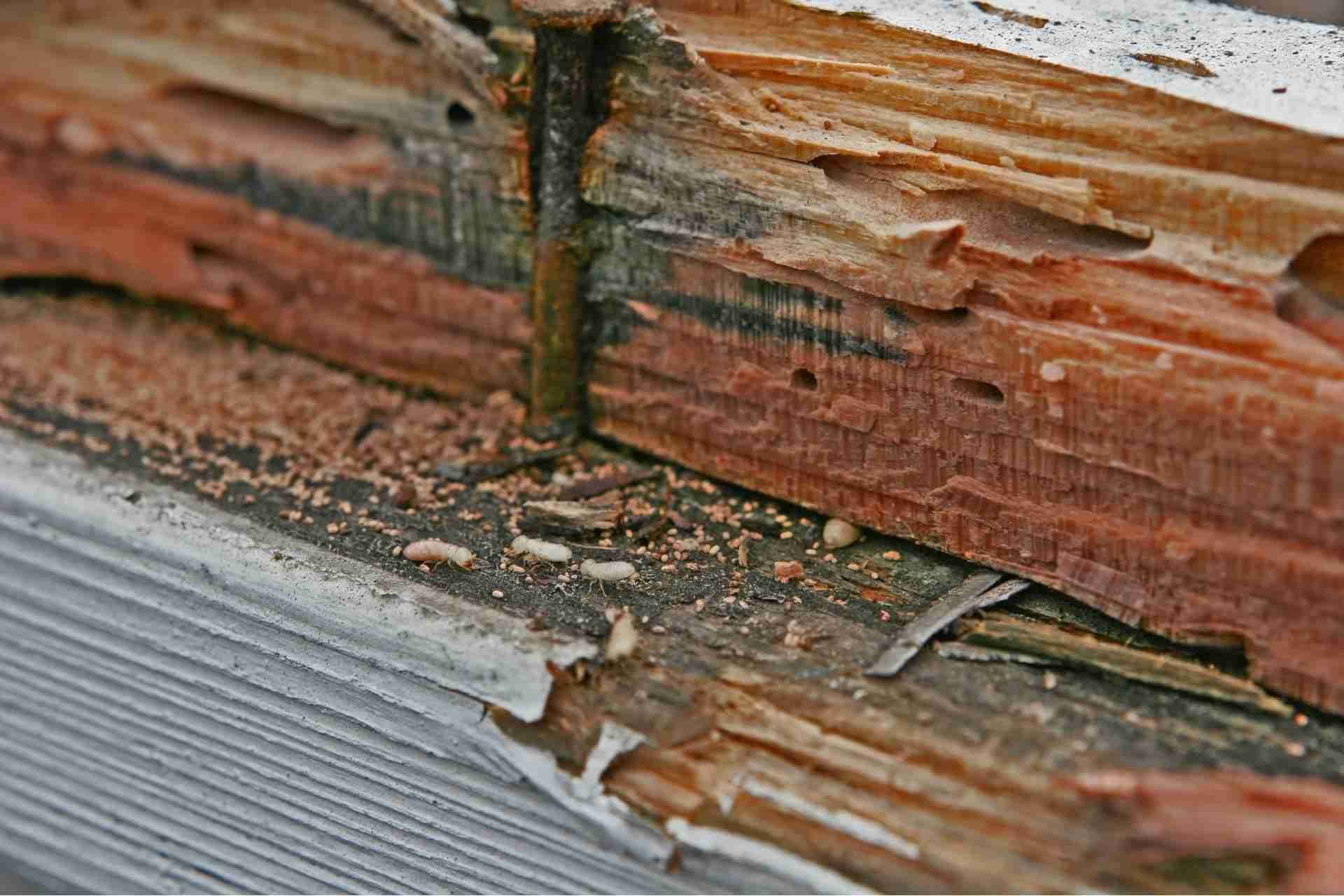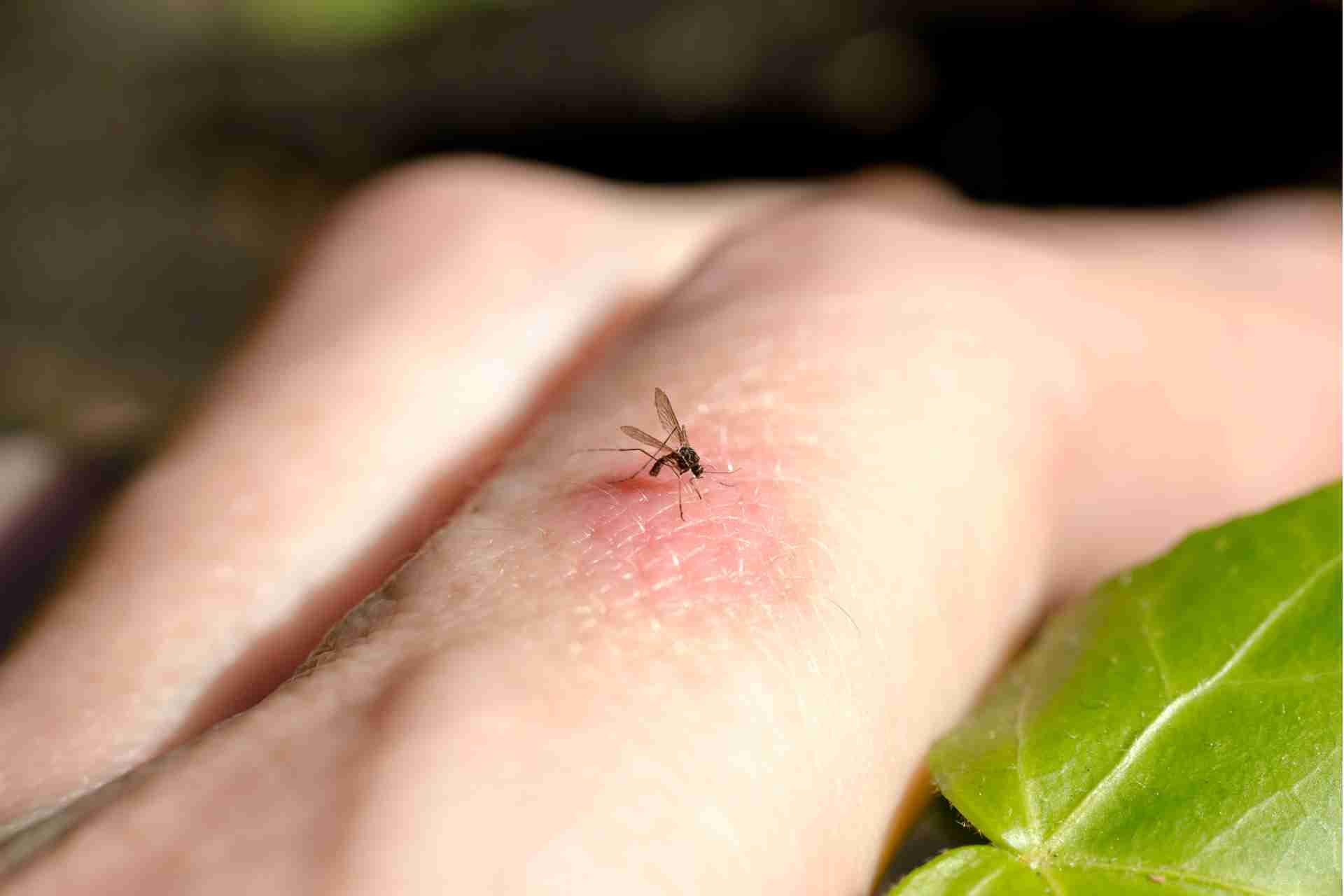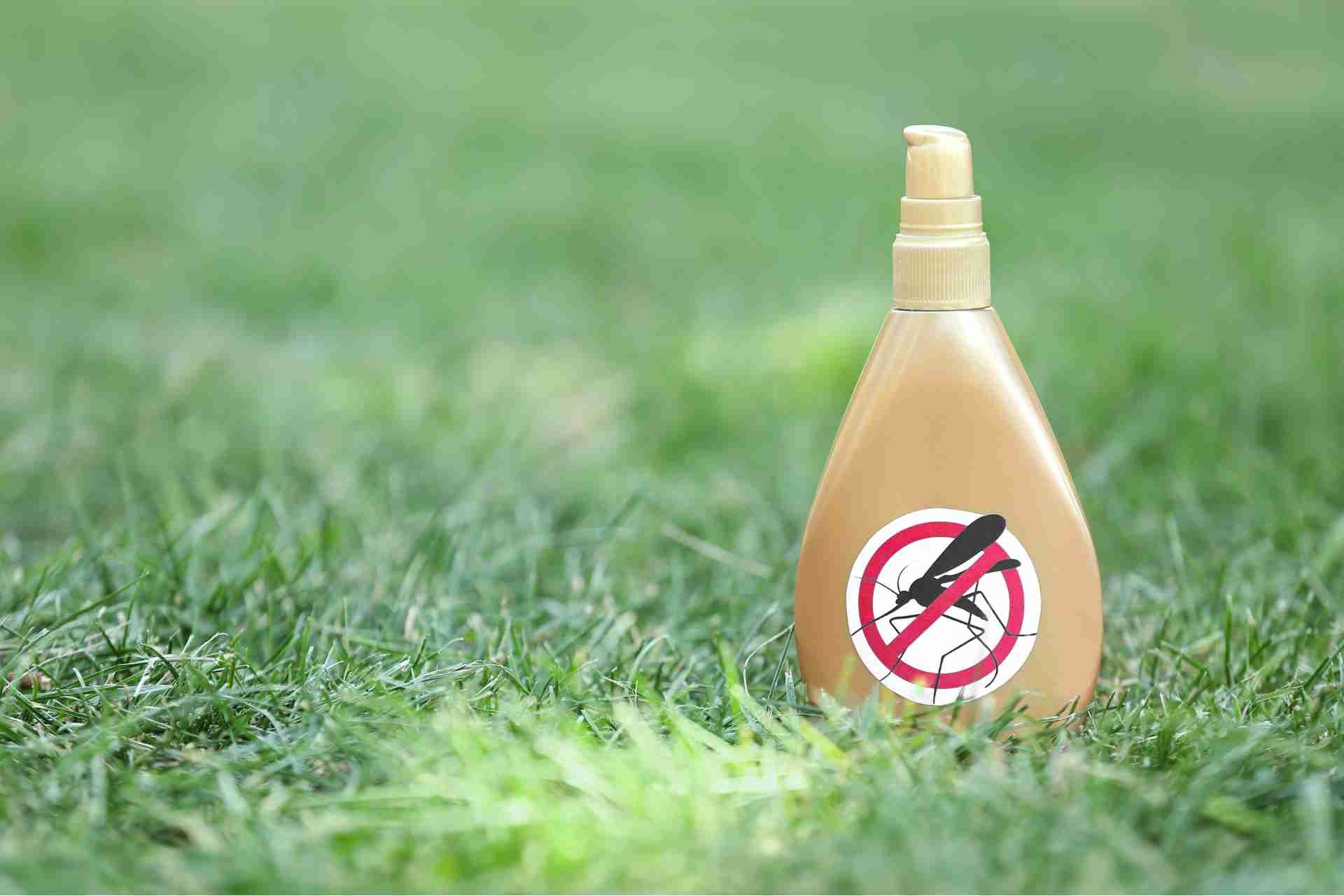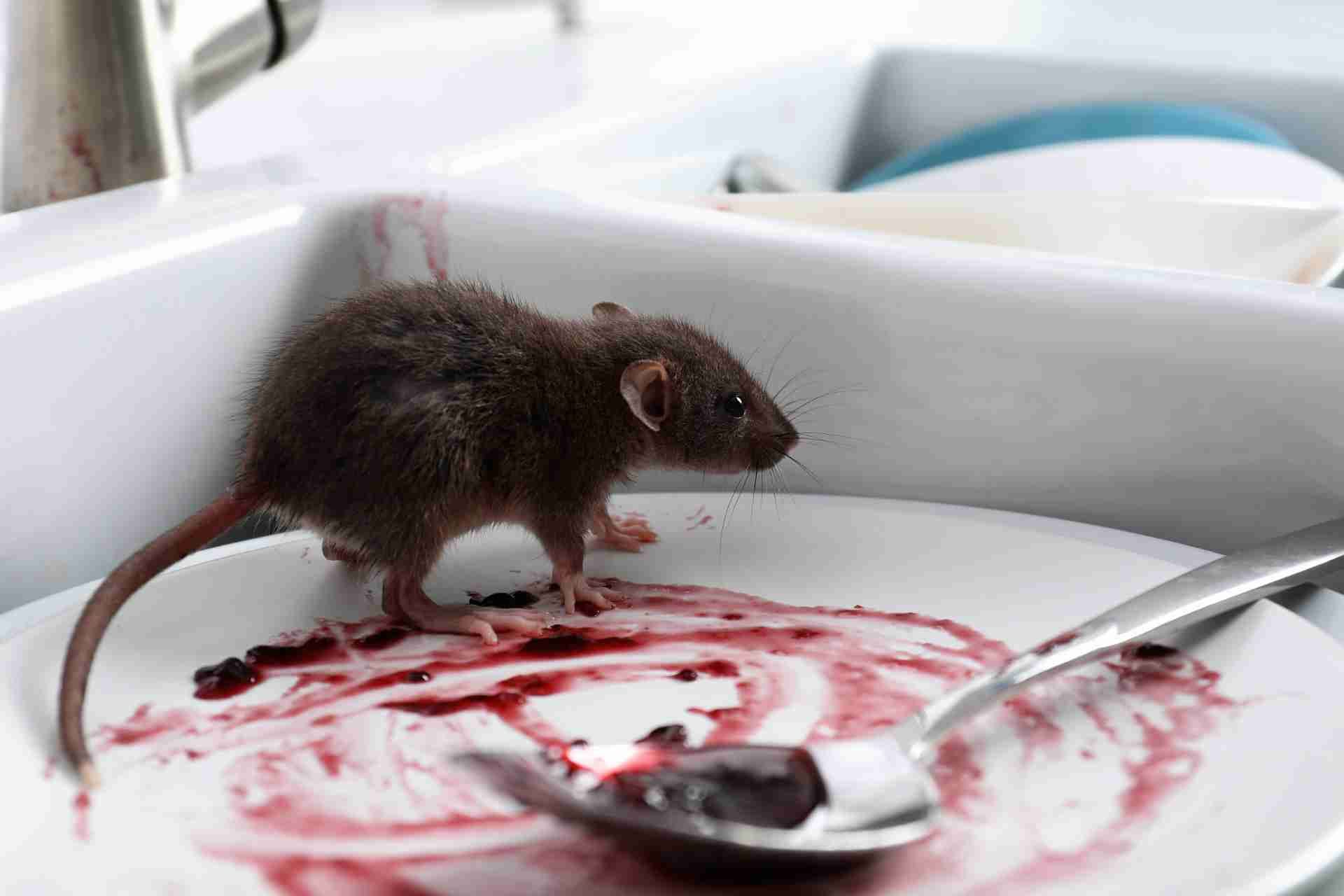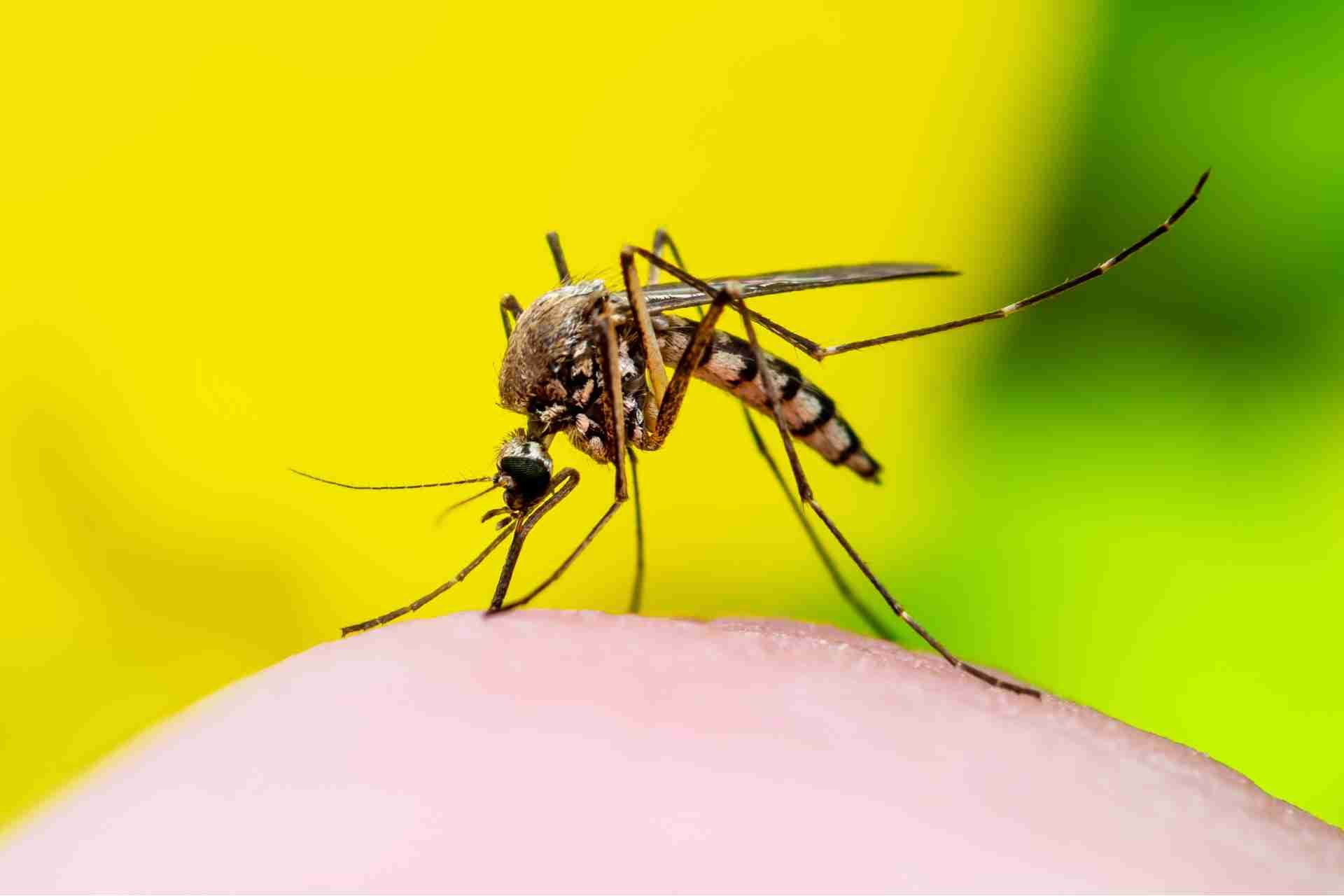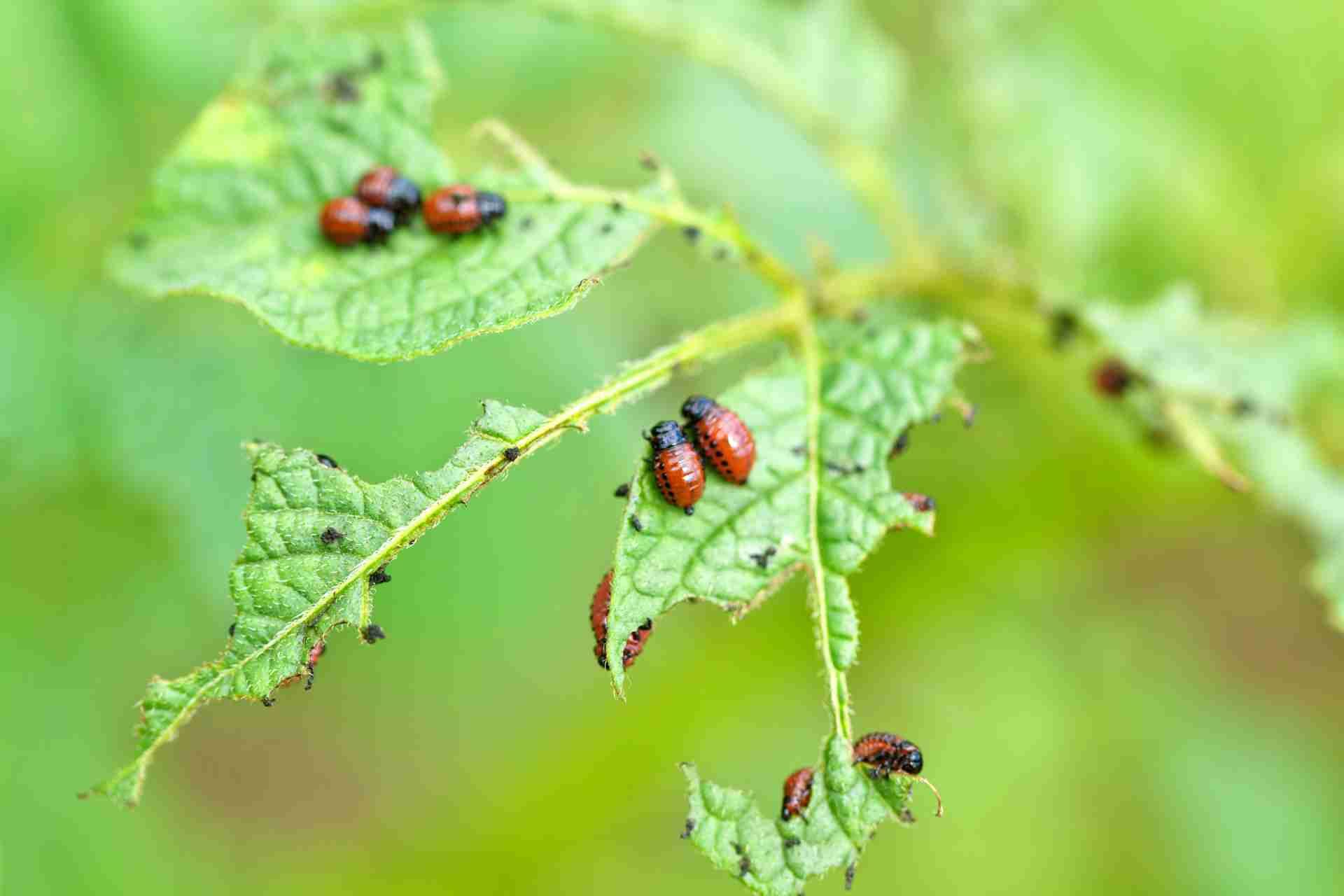What is the Traditional Method of Pest Control
Pest control is an essential element of maintaining a healthy and safe living environment. Throughout history, humans have developed various methods to control and eliminate pests that can cause damage to crops, homes, and even spread diseases.
You might be wondering if traditional pest control methods are still relevant in today's advanced world of technology. Well, the truth is, these methods have stood the test of time for a reason. From ancient civilizations to modern practices, the traditional approach to pest control offers insights that are both practical and sustainable.
By understanding the historical origins and principles of traditional pest control, you can gain valuable knowledge that may surprise you. Stay tuned to discover how these time-tested techniques continue to shape pest management strategies today.
What is Traditional Pest Control
Pest control has been an essential part of human life for hundreds, if not thousands, of years. Since the dawn of agriculture, humans have been dealing with pests that threaten their crops, homes, and health. Traditional pest control methods have evolved over time, but the basic principles remain the same: to protect our living spaces from unwanted invaders.
Traditional pest control methods often involve the use of natural remedies and physical barriers to deter or eliminate pests. These methods are typically more environmentally friendly and safer for humans and animals than chemical pesticides.
Historical Origins of Traditional Pest Control
The historical origins of traditional pest control can be traced back to ancient civilizations where various methods were developed to protect crops from pests. Ancient practices such as using natural predators, planting specific herbs to repel insects, and creating physical barriers like nets and fences were common techniques employed by early societies to combat pest infestations. Cultural influences played a significant role in shaping these methods, as different regions developed unique strategies based on their environment, resources, and beliefs.
In ancient Egypt, for example, cats were revered for their ability to control rodents, while in China, ducks were used in rice paddies to eat insects. Native American tribes utilized companion planting techniques to deter pests naturally. These early practices laid the foundation for what would later become the traditional methods of pest control still used today. The knowledge passed down through generations continues to be a valuable resource in sustainable pest management practices.
Principles of Traditional Pest Control
Drawing upon ancient wisdom and innovative techniques, traditional pest control methods prioritize sustainability and harmony with nature. Unlike modern alternatives that often rely on chemicals with harmful environmental impacts, traditional pest control focuses on natural and holistic approaches. By understanding the ecosystem and natural predator-prey relationships, traditional methods aim to maintain a balance that keeps pests in check without disrupting the environment.
One of the key principles of traditional pest control is the utilization of natural predators and beneficial organisms to manage pest populations. This method not only controls pests effectively but also minimizes the use of harmful chemicals that can harm the environment. Additionally, crop rotation and companion planting are commonly employed strategies that help deter pests naturally without resorting to synthetic pesticides.
Effective Techniques in Traditional Pest Control
The traditional method of pest control involves using natural substances and techniques to keep pests at bay. This method is rooted in the belief that nature provides us with everything we need to control pests effectively without resorting to harmful chemicals. Some common techniques used in traditional pest control include:
1. Biological controls: One of the oldest forms of pest control is using natural enemies to control pest populations. For example, releasing ladybugs to control aphids or introducing predatory insects to feed on harmful pests.
2. Mechanical controls: This includes using physical barriers such as nets, traps, or fences to prevent pests from infesting crops or homes. It can also involve manual removal of pests by hand.
3. Cultural controls: This involves modifying the environment to make it less hospitable to pests. For example, planting pest-resistant varieties of crops, rotating crops, or maintaining proper hygiene to prevent pest infestations.
4. Natural pesticides: Instead of using synthetic chemicals, traditional pest control methods rely on natural pesticides derived from plant extracts, essential oils, or other natural substances. These pesticides are less harmful to the environment and pose less risk to humans and animals.
5. Crop rotation and companion planting: Planting different crops in succession or alongside each other can help control pests naturally. Some plants can repel pests or attract beneficial insects that prey on harmful pests.


